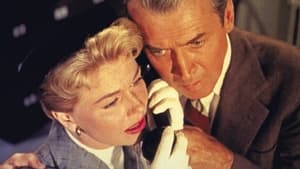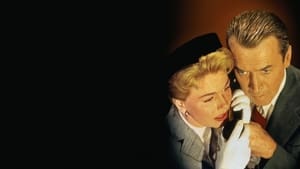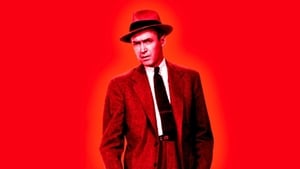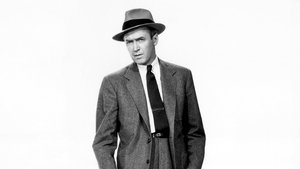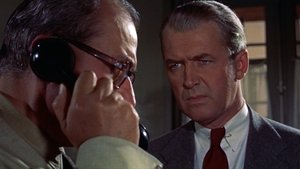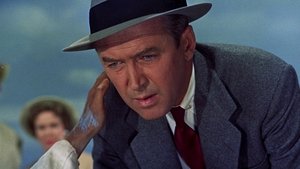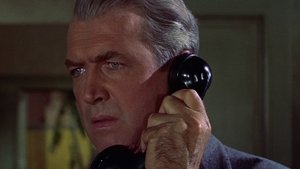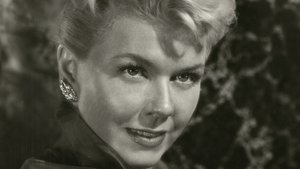Video Sources 0 Views
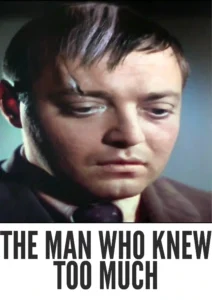
Synopsis

Embark on a thrilling journey with Alfred Hitchcock’s The Man Who Knew Too Much, a suspenseful cinematic masterpiece from 1956, now brilliantly colorized to captivate a new generation. Starring James Stewart and Doris Day, this film weaves a tale of espionage, danger, and ordinary people caught in extraordinary circumstances. Perfect for fans of suspenseful stories and those seeking a high-quality viewing experience, this HD download presents a timeless classic with enhanced visual appeal. Explore a world of suspense and intrigue with this unforgettable thriller.
The Man Who Knew Too Much follows the harrowing experience of Ben McKenna (James Stewart), his wife Jo (Doris Day), and their son Hank, as their vacation in Morocco takes a deadly turn. A chance encounter with a mysterious man leads to the revelation of an assassination plot, and the man is murdered before he can fully disclose the details.
Before dying, the man whispers vital information to Ben, thrusting the McKenna family into a dangerous game of international intrigue. Their son Hank is kidnapped to ensure their silence, forcing Ben and Jo to navigate a treacherous world of spies and assassins as they desperately search for their child and try to prevent a political assassination in London. The film is a gripping blend of suspense, emotional drama, and Hitchcock’s signature visual storytelling, exploring themes of innocence, courage, and the lengths to which parents will go to protect their children.
The film features stellar performances from its talented cast, bringing depth and intensity to the suspenseful narrative:
-
James Stewart as Dr. Ben McKenna
-
Doris Day as Jo McKenna
-
Brenda De Banzie as Lucy Drayton
-
Bernard Miles as Edward Drayton
-
Christopher Olsen as Hank McKenna
The Man Who Knew Too Much expertly blends the genres of suspense and thriller, with elements of international intrigue and family drama. Hitchcock’s masterful direction creates an atmosphere of constant tension, making it a captivating and unforgettable cinematic experience.
Released in 1956, The Man Who Knew Too Much is a remake of Hitchcock’s 1934 British film of the same name, showcasing his evolution as a filmmaker and his mastery of suspense. Made during his Hollywood period, this version benefits from a larger budget, Technicolor cinematography, and the star power of James Stewart and Doris Day. The film reflects Cold War anxieties and the theme of ordinary people caught in extraordinary circumstances, a recurring motif in Hitchcock’s work. While both versions share the same core plot, the 1956 film is grander in scale and more polished in its execution, solidifying its place as a classic of the suspense genre.
This colorized version of The Man Who Knew Too Much has been meticulously enhanced, using advanced digital technology to bring vibrant life to Hitchcock’s vision. The colorization process involved careful analysis of the original black and white footage, ensuring that colors were both accurate and aesthetically pleasing. While the specifics of the software used remain confidential, the techniques included sophisticated algorithms for color balancing, detail enhancement, and overall visual improvement. The result is a visually stunning rendition of a timeless classic, making it accessible and engaging for modern viewers. The colorization not only enhances the viewing experience but also introduces the film to a broader audience, preserving its legacy for future generations.
-
: Alfred Hitchcock
-
: John Michael Hayes, Angus MacPhail (uncredited),
: Charles Bennett, D.B. Wyndham-Lewis -
: Robert Burks
-
: George Tomasini
-
: Paramount Pictures
-
: Paramount Pictures
-
: 120 minutes
-
: MP4
-
: HD (1080p)
-
: Compatible with various devices, including smartphones, tablets, computers, and smart TVs.
The Man Who Knew Too Much (1956) is widely regarded as one of Alfred Hitchcock’s finest achievements, praised for its suspenseful plot, strong performances, and masterful direction. Critics have lauded the film’s ability to create tension and maintain a sense of dread throughout, as well as its exploration of themes such as family, trust, and the loss of innocence. Its enduring popularity and critical acclaim have solidified its place as a classic of the suspense genre, influencing countless filmmakers and captivating audiences for generations. The film’s blend of suspense, emotional depth, and visual flair makes it a quintessential Hitchcock experience.
-
: What is The Man Who Knew Too Much about?
-
A: The Man Who Knew Too Much is a suspense thriller about an American family who inadvertently uncover an assassination plot while vacationing in Morocco and must protect their son.
-
-
: Is The Man Who Knew Too Much (1956) a remake?
-
A: Yes, it is a remake of Hitchcock’s 1934 British film of the same name.
-
-
: Is this version of The Man Who Knew Too Much colorized?
-
A: Yes, this version has been professionally colorized to enhance the viewing experience.
-
-
: What makes The Man Who Knew Too Much a classic?
-
A: Its suspenseful plot, strong performances, and Hitchcock’s masterful direction make it a timeless classic of the suspense genre.
-
-
: What is the download format?
-
A: The download format is MP4, which is compatible with most devices.
-
-
: What resolution is the download?
-
A: The resolution is HD (1080p), providing a high-quality viewing experience.
-
Experience The Man Who Knew Too Much Today!

